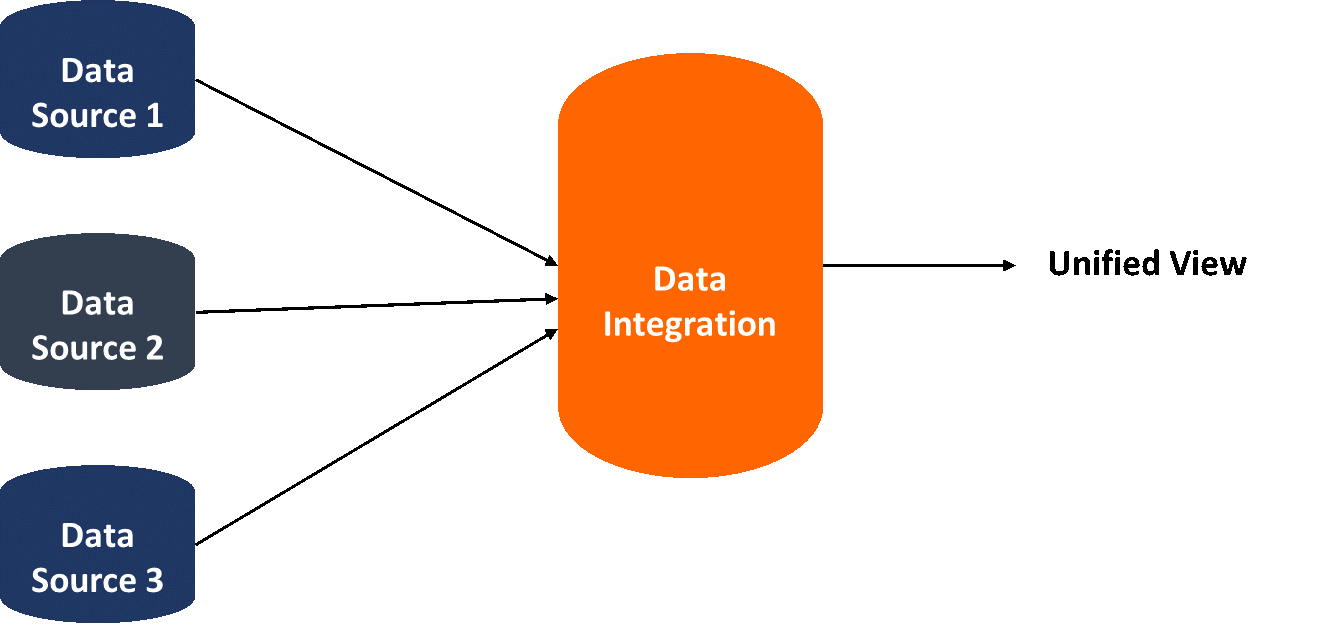By Prashant Mishra, Alibaba Cloud MVP and CEO, Founder Click2Cloud Inc.
Data has become an important aspect of any enterprise. But to have a combined data, residing in different sources and providing users with a unified view of it, is somewhat painful for enterprises. Say, for example, a production company wants to make a product for one of its clients. It will start its analysis, research, data gathering process from multiple points which might be time consuming and costly. In such a situation, Alibaba Cloud Data Integration helps to gather different data points in one single synchronized repository. This helps to save time and reduce cost.
Data integration is nothing but the process of combining data from different sources into a single synchronized repository. Data integration supports both online, and offline data collection processes be it from different networks, locations, statistical data, data sources, etc. Data warehouse is the best example of data integration operation. Data warehouse is useful to gather the numerous amounts of data in a simple way.
Below mentioned diagram of data integration clearly specifies that data comes from different sources and data integration does a collection of it and provides in a unified view.

Fig: Process of Data Integration
There is some typical process in data integration, that includes a client data sources, a server, and a master server. A server collects the data send by client and passes on to the master server. A master server fetches all the external and internal data sources and provides a server with a synchronized single repository data. This data then server collects from a master server and sent back to a client node.
Alibaba Cloud Data Integration is an advanced version that offers its customers with data transmission, data conversion, and synchronization of multiple data into a single repository. It gives a variety of features like scalability, fast data transmission, mass synchronization, gather multiple data from different sources.
Saves Time
Alibaba Cloud Data Integration is useful in saving time. When a consumer demands for data, data integration helps to provide a synchronized data quickly.
Eliminates Error
Data integration helps in eliminating errors from data sets that is used for business intelligence and decision making.
Integrating Multiple Sources of Data
It allows multiple integration of data from different sources like data warehouse, systems, applications, databases, etc.
Increase System Adoption
Sales, IT, government sectors, educational sector, medical field, data integration is rapidly using by different systems which leads to an increase in its adoption.
Improve Customer & Partner Relationships
With Data Integration, organizations able to manage their customer and partner relationships. This provides the synchronized data in a short time period.
Data Integration also covers some areas that include:
Data collection from multiple data point is very painful. Alibaba Cloud Data Integration helps by gathering and combining multiple data from various sources in a synchronized single repository. Data transmission, data conversion and synchronization can be achieved with help of Data Integration platform. Alibaba Cloud's Data Integration helps in providing accurate, analytic, scalable, and highly reliable data from multiple sources. This helps users with consistent access and delivery of data across the spectrum of subjects and structure types, and to meet the information needs of all applications and business processes.

75 posts | 2 followers
FollowAlibaba Clouder - August 14, 2020
Alibaba Cloud Community - March 21, 2022
Alibaba Cloud Native Community - July 20, 2023
Data Geek - May 11, 2024
Alibaba Cloud MaxCompute - September 18, 2018
Alibaba Cloud Native - February 22, 2023

75 posts | 2 followers
Follow Big Data Consulting for Data Technology Solution
Big Data Consulting for Data Technology Solution
Alibaba Cloud provides big data consulting services to help enterprises leverage advanced data technology.
Learn More MaxCompute
MaxCompute
Conduct large-scale data warehousing with MaxCompute
Learn More Big Data Consulting Services for Retail Solution
Big Data Consulting Services for Retail Solution
Alibaba Cloud experts provide retailers with a lightweight and customized big data consulting service to help you assess your big data maturity and plan your big data journey.
Learn More Cloud Migration Solution
Cloud Migration Solution
Secure and easy solutions for moving you workloads to the cloud
Learn MoreMore Posts by PM - C2C_Yuan